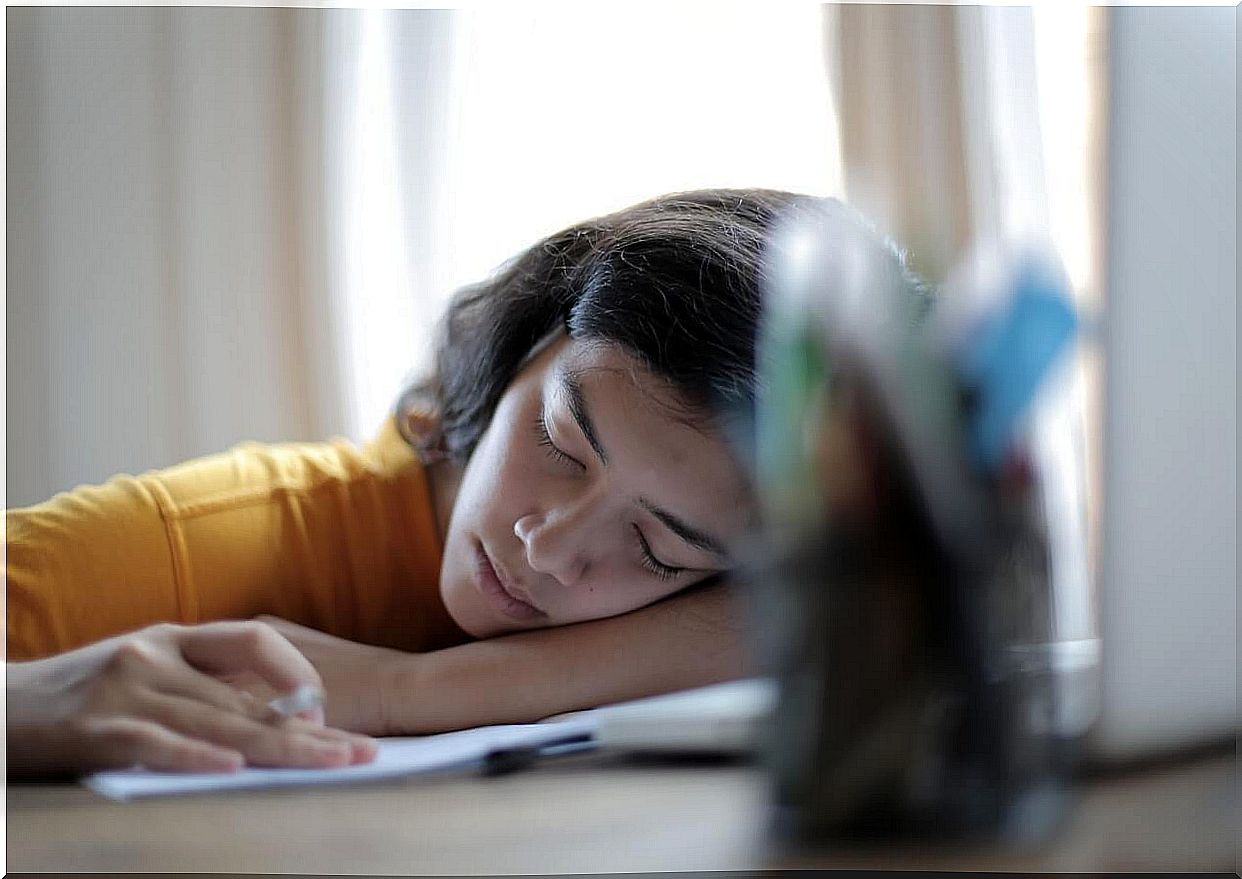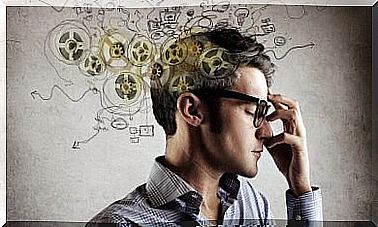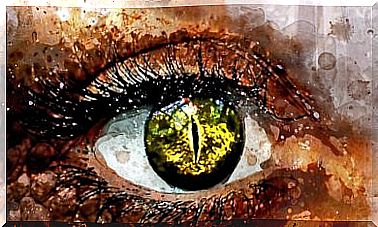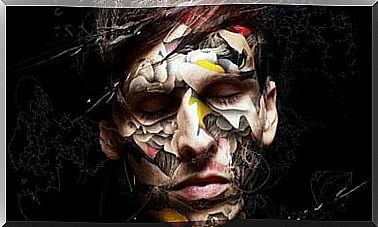Hypersomnia In Children And Adolescents

Minors are in full physical and mental development. Therefore, they need to enjoy sufficient and restorative rest to ensure their neurological maturation and allow them to function properly during the day. However, sleep disturbances within this population are not uncommon. And many times they go unnoticed because they are confused with normal or circumstantial processes typical of age. For this reason, today we will talk about hypersomnia in children and adolescents in order to provide guidelines to detect and act on it.
To what extent are naps naturally necessary? Is it normal for a teenager to always seem tired? The line between the expected and the pathological is not always clear. Symptoms are not always detected as such. However, the manifestations of hypersomnia can seriously affect the lives of children and young people. Let’s find out more about her.
Hypersomnia in children and adolescents

Hypersomnia is one of the so-called sleep and wake disorders. It is manifested mainly by a compelling need to fall asleep at inappropriate or unexpected times. And, although it is much more common in the adult population, cases in minors reach a significant percentage (between 5% and 20% approximately).
The main symptom is a feeling of excessive daytime sleepiness, which can appear even when the night’s rest has been of the appropriate length for a child or young person of that age. But, in addition, it is necessary that at least one of the following manifestations be present:
- Recurring naps during the day
- The night or main sleep period is not restorative, despite having an adequate duration.
- Sleep inertia or sleep drunkenness may occur. It is a transitional state between rest and wakefulness in which the person is disoriented, confused and mentally not very agile during the minutes or hours after waking up.
Manifestations of hypersomnia in children
Although the above are the typical manifestations of hypersomnia, the symptoms in children can be very different. That is why, at times, it is difficult to detect what is happening.
In the youngest, hypersomnia can cause disturbances in concentration, impulsivity, hyperactivity, and aggressive behaviors. Thus, a misdiagnosis of attention deficit hyperactivity disorder (ADHD) is often reached, leaving hypersomnia out of the clinical focus.
What about teenagers?
Adolescents share the adult manifestations of drowsiness. However, the evolutionary period in which they are found, sometimes makes it difficult to reach a diagnosis. Let’s keep in mind that during puberty, melatonin (sleep-regulating hormone) begins to be released naturally later. This makes young people tend to go to bed late at night and have a sleep deficit that accumulates during the week.
If a young person suffers from hypersomnia, it is possible that their condition is overlooked by their environment, which will attribute their fatigue to their bad schedules. It is also common for the consequences of hypersomnia to be attributed to a bad attitude or behavior on the part of the young person. Being labeled lazy or irresponsible.
Treatment of hypersomnia in children and adolescents

Regarding the causes of hypersomnia in children and adolescents, there seems to be a certain genetic and hereditary component, but this is not a determining factor. In most cases, hypersomnia is caused by insufficient or poor quality sleep that is maintained over time.
There are several conditions that can lead to this poor quality of sleep, such as narcolepsy, restless legs syndrome, and breathing problems. Therefore, the treatment will depend on the causes that underlie the disorder.
However, it is often poor sleep habits that lead to this situation. Therefore, to alleviate the symptoms it will be necessary to ensure sufficient and quality sleep. This will go through reorganizing the hours of going to bed or getting up and improving sleep hygiene. Certain stimulant drugs and taking short naps programs are also alternatives that have been shown to be effective.
Daytime sleepiness affects not only the mood of children and young people but also their work performance, social and of all kinds. Rest is essential to be able to function properly during the day; therefore, detecting and addressing hypersomnia properly must be a priority.









